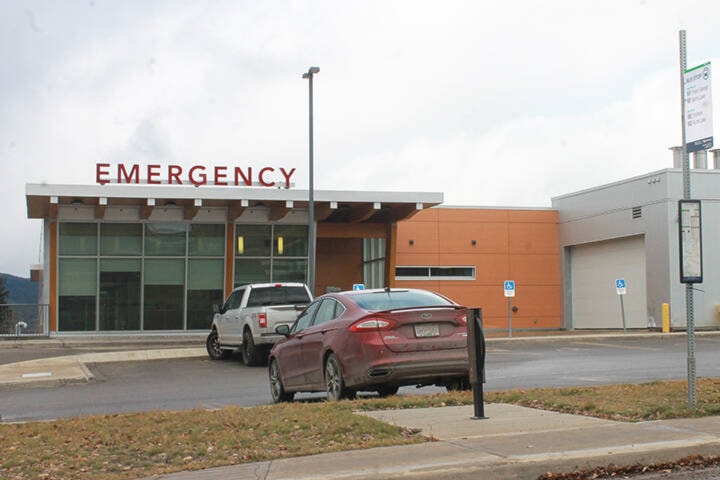At a Village of Burns Lake council meeting on Oct. 26, Lakes District Health Centre (LDHC) Chief of Staff Dr. Tammy Williams, along with Health Services Administrator Vicky Rensby, provided council with an update on the hospital’s status in dealing with COVID-19.
According to Williams, there is currently a tremendous amount of stress on the LDHC.
“I just want to to try to explain to you all how difficult it’s been lately,” Williams told council to begin the presentation.
“In the last four weeks, we’ve had an outbreak here in Burns Lake. During that time, we’ve transferred 25 people out of Burns Lake for tertiary care because of severe respiratory failure.”
The problem is, the LDHC is having trouble transferring severely COVID-19 to care in Prince George because the University Hospital of Northern B.C. [Prince George’s general hospital] is at full capacity. The emergency room currently has 19 patients with COVID-19, the patient care units are full, and the recovery area is also full.
As a result, patients in Burns Lake are now being transferred all over the province to places such as Cranbrook and Vancouver. “The distance of how far patients are being sent really is taking a toll on the families who have to be so far away from loved ones,” said Williams.
Williams also told council that the recent outbreak is causing entire households to get sick. “Last week, we intubated two brothers, a day later we intubated the mother, and several days later the father came in and we were able to transfer him to tertiary care.”
“People still aren’t getting the information that this is a deadly disease,” Williams continued. “A few shifts ago, a girl who was COVID-19 positive brought in her mother because she was showing symptoms, who was obese and unmasked. She had to be transferred to tertiary care and was dead within three weeks. We have to get everyone vaccinated, including children and young adults.”
On top of all this, one of the ripple effects caused by the strained hospital is is a slowed down emergency care system. According to Williams, whenever a patient comes in and displays COVID-19 symptoms, nurses and doctors have to put on a gown, two pairs of gloves, head protection, a mask, and a face shield before they go in to see the patient. Often, this process has to be done multiple times per patient for re-assessments.
“It’s very time and work consuming, and as a result, were seeing the flow of the emergency room slow down. Our entire regular medical practice is at a halt, and we’re consumed by COVID-19 cases,” said Williams.
In terms of some local statistics, Rensby provided council with some numbers about COVID-19 in the Burns Lake area. “In the Lakes District, there is a positivity rate of 13.9 per cent. As for vaccines; 72 per cent of people in Burns Lake south have their second dose, and 65 per cent have their first dose. In the Burns Lake town centre, 72 per cent have their second dose and 85 per cent have their first. In Burns Lake north, 69 per cent have their second dose and 74 per cent have their first. Rensby explained.
These rates are significantly lower then the provincial statistics, as 79.7 per cent of the total provincial population has their second dose, and 75 per cent has their first.
READ MORE: COVID-19 booster shot to be available to all British Columbians 12 and older by May 2022
READ MORE: 36 times more likely to die: B.C. CDC data lays out risks of COVID for the unvaccinated
Have a story tip? Email:
Eddie Huband
Multimedia Reporter
eddie.huband@ldnews.net
Like us on Facebook and follow us on Twitter.
